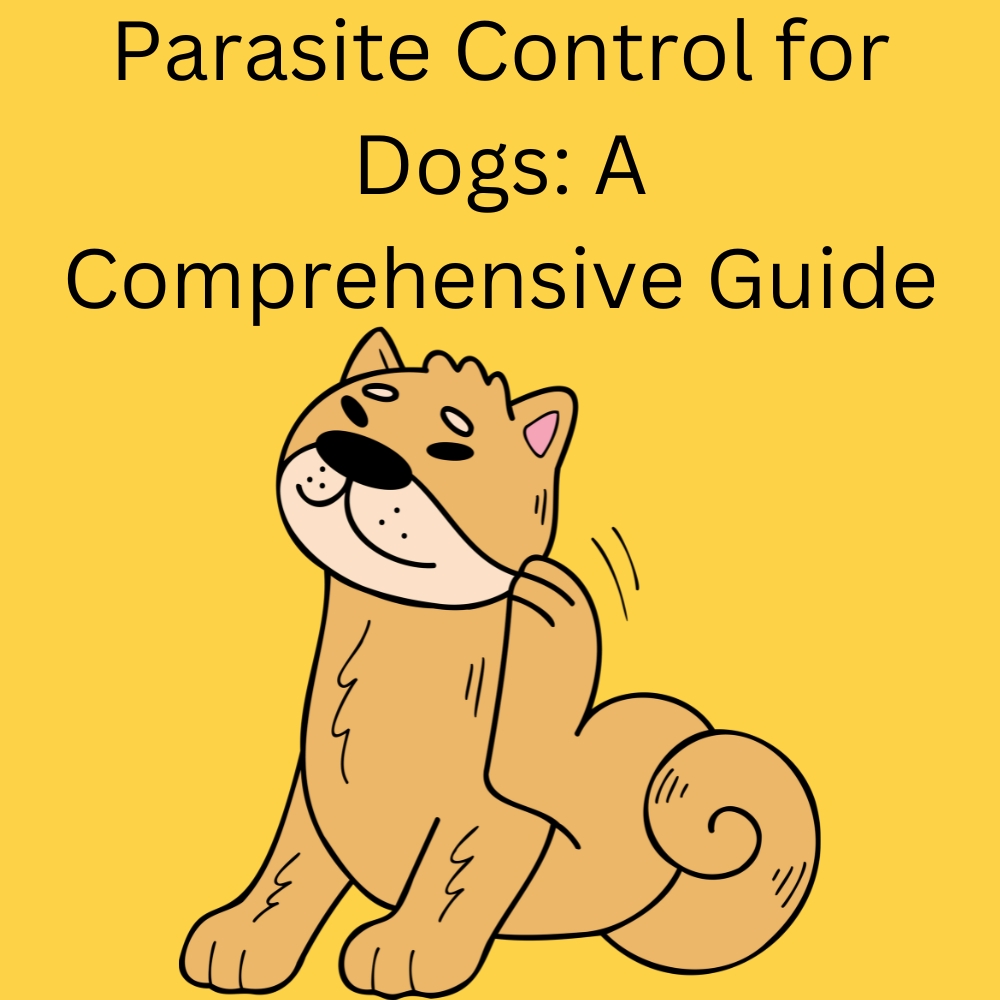For those who adore animals, the love and companionship they share with their pets are unmatched. However, for around 15% of the population, this blissful relationship can be disrupted by pet allergies, a common condition that can cause a multitude of discomforts. From sneezing fits to itchy eyes and even severe respiratory issues, pet allergies are no laughing matter. But how can one possibly balance their inherent love for pets with an immune system that seems to disagree?
This blog post delves into the intricate world of pet allergies, offering insights, advice, and practical tips for pet owners and enthusiasts who are navigating the complexities of their allergy symptoms. By the end of this post, you’ll be equipped with a deep understanding of the root causes of pet allergies, strategic approaches to manage them, and even explore the possibilities of cohabiting with a furry family member, sans the suffering.
Unveiling the Allergen: What Pet Allergies Are and Why They Happen
The first step to tackling pet allergies is to unravel their complex nature. Pet allergies are the result of an over-sensitive immune system reacting to proteins found in the saliva, urine, or dander (dead skin cells) of an animal. The most common of these allergens derive from cats, dogs, rodents, and even farm animals. But what triggers this response in the immune system?
Understanding the Root Cause
In the presence of an allergen, a person’s immune system may overreact by producing a chemical called histamine. This subsequent ‘allergic reaction’ can lead to various symptoms that range from mild to severe.
Cross-Reactivity and Sensitization
Moreover, individuals with existing allergies, such as hay fever or asthma, may be more susceptible to pet allergies. This is due to a phenomenon known as ‘cross-reactivity’, wherein the immune system mistakes proteins from the pet for proteins from the allergen that the person is already sensitive to.
Prevalence and Statistics
Pet allergies are prevalent and can develop at any age, though children are more likely to develop them if they are exposed to pets from infancy. Interestingly, a number of studies indicate that exposure to pets at a young age may actually offer protective benefits against the development of allergies and asthma, but this is not a universally held view.
Recognizing the Symptoms: How to Tell if Your Pet Is the Culprit
Pet allergies often manifest in a wide array of symptoms that can be mistaken for other conditions. This section highlights the various signs that could point to pet-related allergies.
Respiratory Distress
One of the most common symptoms involves the respiratory system, including sneezing, nasal congestion, coughing, and shortness of breath, which can be particularly serious for individuals with asthma.
Eyes, Ears, Nose, and Throat
Allergic rhinitis (hay fever-like symptoms), watery or itchy eyes, and a scratchy sore throat are also frequently reported by those with pet allergies.
Skin Reactions
In addition to respiratory issues, some may experience skin reactions like eczema, hives, or general itchiness, particularly where a pet licks, scratches, or rubs.
Severity and Individual Variations
It’s important to note that the severity and combination of symptoms are highly individual. While one person may experience relatively minor discomfort, another may endure a severe allergic reaction.
Pet Allergy Testing: Pinpointing the Cause for Effective Management
If you suspect that you or a family member is facing pet-related allergies, the next step is identifying the specific allergen. This can be achieved through several types of testing, including:
Blood Tests
These are used to detect the level of certain allergen-specific antibodies in your bloodstream. While they are less invasive than skin testing, blood tests are also less sensitive and can be more prone to false positives.
Skin Prick Tests
By introducing small amounts of allergens into the skin, this test can determine the presence and severity of an allergic reaction quickly and with high accuracy.
Allergy Elimination Tests
Sometimes referred to as allergen-reduction trials, these are used to determine whether a person’s symptoms are triggered by a specific pet allergen.
Once you’ve identified the allergen, the process of allergy management becomes more straightforward. Whether it’s establishing pet-free areas of the home or choosing pet products designed to reduce allergen exposure, the right information can help maintain a harmonious household for both pet and owner.
Strategic Approaches to Managing Pet Allergies: Minimizing the Misery
Living with a pet while managing allergies requires a tailored approach that addresses both the home environment and the well-being of the pet.
Addressing the Environment
- Designating Pet-Free Zones: Keep pets out of bedrooms, bathrooms, and other areas where you spend a significant amount of time. Use high-efficiency particulate air (HEPA) filters in rooms where pets are allowed access.
- Regular Cleaning: Frequent vacuuming with a HEPA filter, using dust mite-proof covers on bedding and mattresses, and washing pet bedding regularly can make a substantial difference.
- Air Quality Considerations: Maintaining balanced humidity levels and adequate ventilation are crucial in controlling airborne allergens.
Personal Health Measures
- Personal Hygiene: Washing hands after handling a pet, avoiding touching the face when around pets, and immediately changing and washing clothes that have come into contact with pets or pet areas, can curtail allergy symptoms.
- Medication and Treatment: Over-the-counter antihistamines, decongestants, and nasal steroids can help relieve symptoms. Immunotherapy, or allergy shots, may also be recommended for long-term control of pet allergies.
In addition to these strategies, a conversation with your healthcare provider for personalized advice is essential. They can prescribe medications, offer resources for mental health support (as living without your beloved pet can be emotionally challenging), or recommend a consultation with a pet behaviorist to address potential issues with pet training and behavior.
The Hypoallergenic Pet Myth: Separating Fact from Fiction
There is a common belief that certain breeds of pets are ‘hypoallergenic’ and therefore don’t cause allergic reactions. While it’s true that some breeds are associated with fewer allergy-related symptoms, no pet is 100% free from allergens.
Understanding ‘Hypoallergenic’ Pets
‘Hypoallergenic’ pets are often those with non-shedding or low-shedding coats, as less fur means fewer allergens. Breeds like Poodles, Bichon Frises, and certain Terriers are commonly thought of as hypoallergenic.
In Practice
In reality, however, allergens are not exclusively found in pet fur. Saliva and dander are also significant sources of allergens, meaning that even low-shedding pets can cause reactions in susceptible individuals.
The Crossroads of Love and Allergies: Can You Be Allergic to Your Own Pet?
Interestingly, many pet owners who suffer from allergies may also experience symptoms when they interact with other people’s pets or simply in pet-rich environments. This begs the question: can you be allergic to your own pet?
The Short Answer: YES
You can absolutely be allergic to your own pet, and in fact, pet owners are often the most susceptible to pet allergens due to increased exposure. Symptoms can vary, but the presence of a pet allergy doesn’t necessarily negate the possibility of keeping a pet — it just requires informed and disciplined management.
Preventative Measures: Starting Off on the Right Paw with Your Pet
If you’re considering adopting a pet but are concerned about potential allergies, there are several steps you can take to reduce your risk.
Research and Preparation
- Pet Research: Look into the specific breeds or species that are less likely to cause allergies. Discuss this with breeders or animal shelter professionals.
- Introducing Pets to the Family: Consider a trial period or exposure to help assess any allergy triggers before making a permanent commitment.
Environmental and Health Preparations
- Pet-Proofing Your Home: Ensure that your living environment is suitable for a pet and safe, especially if allergies become an issue.
- Understanding Your Family’s Health: If you or a family member has a known allergy, it’s crucial to acknowledge this when deciding on a pet.
By being proactive and informed, you can greatly reduce the chances of pet allergies interfering with the joyful experience of bringing a new companion into your home.
Going the Extra Mile: Advanced Strategies for Pet Allergy Management
For individuals with severe allergies who are determined to keep their pets, even more intensive measures can be taken to ensure a comfortable living situation.
Immunotherapy – Allergy Shots
Allergy shots are a type of immunotherapy that can significantly reduce symptoms in some individuals. These involve a series of injections that expose a person to increasing amounts of the allergen. Over time, this can help the body build up immunity or tolerance to the allergen.
Air Filtration Systems
Investing in a high-quality air filtration system designed specifically for pet allergens can be a game-changer in managing symptoms.
Pet Grooming and Cleaning Regimens
Establishing a strict grooming and cleaning routine for your pet can help keep allergens at bay. This may include regular baths, brushing, and even utilizing pet-specific allergy shampoos and wipes.
Dietary Adjustments
In some cases, adjusting a pet’s diet can make a difference in the amount of dander they produce. Consult with a veterinarian to explore this option.
Home Renovations
For the extreme pet lover, integrating air purification systems into the home’s HVAC, renovating to create a ‘pet room’ with non-porous surfaces, and using pet restrictions within the home can all contribute to a healthier indoor environment.
Exploring Profound Connections: Pets and Emotional Well-Being
There’s no denying the profound effect that pets can have on our emotional health. From reducing stress and anxiety to offering companionship during difficult times, the bond between humans and animals is a cherished one. For some, this relationship is so fundamental that the idea of living without a pet is simply not an option.
Potential Solutions for Emotional Support
For individuals who face pet allergies but don’t want to sacrifice this valuable dynamic, seeking emotional support through therapy or support groups can provide comfort. Adopting a pet that spends most of its time outdoors or looking into alternative pets, such as fish or reptiles, are also potential solutions.
Community and Resources: Tapping into the Pet Allergy Network
Dealing with pet allergies can sometimes feel isolating, but it’s important to remember that you are not alone. Joining online forums, social media groups, and attending local allergy events or support groups can connect you with a vast network of individuals facing similar challenges.
Conclusion: Navigating the Allergy Landscape with Finesse
Pet allergies don’t have to be a deal-breaker in the joyous relationship we share with our animal companions. By arming ourselves with the right information, seeking professional guidance, and being willing to take preventative measures, we can create an environment where pets and allergy-sufferers coexist harmoniously. The path to pet-allergy management is as individual as the symptoms they cause, but with patience and a willingness to adapt, it’s possible to enjoy the unconditional love and unwavering loyalty of a furry friend, allergy-free.



